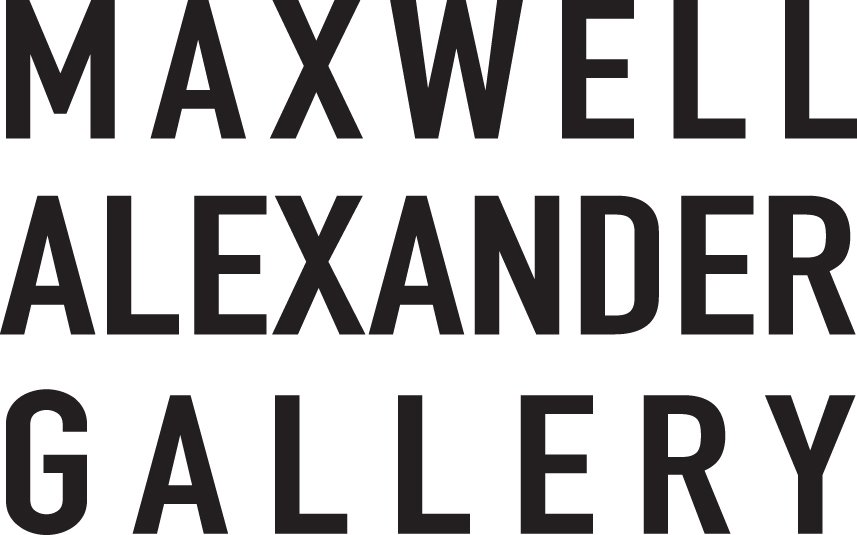Western Art Collector: November 15, 2017
BY MICHAEL CLAWSON
For California painter Logan Maxwell Hagege, the desert, particularly the deserts of the Southwest, are stages on which his players are arranged in Western theater— tableaus of sage and sand, earth and sky, past and present.
“These scenes make sense in my mind—they’re almost like memories—and so I just fill them out as I want them,” Hagege says, adding that his works are often assembled from reference materials gathered for a variety of sources. “I like having that variety...of landscapes, of figures, or artifacts. I start adding these things together—after all, no one is going to see the reference material, only the finished work, so it doesn’t matter—and it starts creating this imagined world.”
Hagege likes to keep his works and their themes ambiguous to his audience, which leaves each individual viewer pondering deeply about his Native American figures, many of whom are posed within the scenery as monuments to the sun, represented with brilliant orange and gold light that pours into the painting from an unseen horizon, and also monuments to time, shown here by his subjects’ untethered place within the larger narrative of the American West. And though the figures are unrestrained by time, they are clearly modern subjects; in Way Out, for instance, a rider with a piercing gaze can be seen wearing blue jeans and a red bandana, both of which are decades away from the man’s first phase Navajo chief’s blanket that he is wrapped in.
These ideas of time and place can be seen in Hagege’s new exhibition opening November 4 at Maxwell Alexander Gallery in Los Angeles. The show will feature six new pieces, as well as a variety of small works.
One of the pieces in the show is Bloom, which shows one of the artist’s favorite models draped in a white blanket as he stands with a horse in front of a simple, almost abstracted background of purple mountains and a large cloud that cuts out a billowy silhouette from the teal sky. Elements of the painting, like the horse and rider, are rendered with exquisite detail, and others, like the background, are flatter and simpler. The effect was intentional.
“I try to have a balance, and Bloom is a great example to illustrate that balance. The mountains are really simplified, but against them is this more complex battle with the figure and the horse and all its tack,” Hagege says. “I end up playing the flat against the more three-dimensional aspects, and I really want to see how far I can push it. Gustav Klimt is one of my favorite painters, and he really was doing some amazing things with that flat, graphical style but then realizing it on a three- dimensional object.”
Bloom also presents an artistic challenge in that there are distinct blocks of color that should not work together, but do, whether it’s from the teal sky and purple mountains, or the yellow and green sage at the rider’s feet—color, even varying degrees of vibrant color, all seem to co-exist pleasingly. “I like to think about it as putting on a pair of tinted glasses, like a rose-colored glasses or even those yellow blue- blockers glasses. The glasses create a color tone that is cast over everything. So when I’m mixing colors, if I’m picturing that color tone over everything it helps my brain process the colors I’m looking at and wanting to achieve in the painting,” he explains. “You sort of have to think in tones or color keys. It’s a very intuitive sort of feeling, which means it’s hard to explain but you know it when you see it because it either works or doesn’t work.”
This shifting color key can be seen in great effect in Go With the Clouds, which shows a male and female figure in a complex arrangement that involves a menacing shadow that looms over the female and her horse, abstracted and elongated shadows on the desert floor, and riders on the horizon that seem to be sinking into the sandy earth. The colors are there, but they are not punchy or vivid. They are informed by the haziness of the fading sunset, which drains the world of its pop of color and replaces it with a copper glow. “I know it doesn’t always seem this way, particularly since some of my works are very colorful, but I’m not really attracted to colorful paintings,” he says. “In many ways I’m more attracted to muted and more subdued works.”
Expanding on that idea, Hagege says that Go With the Clouds was largely conceived as a black-and-white series of shapes on the canvas as a tool to bring out the composition he wanted to achieve. Once he captured the full painting, with its dramatic shapes and figures in the foreground and background, he was able to build up the detail and color he wanted within the world. “N.C. Wyeth and Gustav Klimt, as different as they were, they were creating worlds,” the artist says. “They wanted the viewers to have some sort of experience within these worlds. Even someone like Georgia O’Keeffe, she was looking at the world and making edits, and putting that in her works. She wasn’t showing you the real world, but her world.”
Hagege, like Klimt and O’Keeffe, is building his own world, one where the sun blesses those it touches, the clouds bloom on the horizon and figures ponder their place in time within the desert’s majesty.
For more work by Logan Maxwell Hagege, click here.

